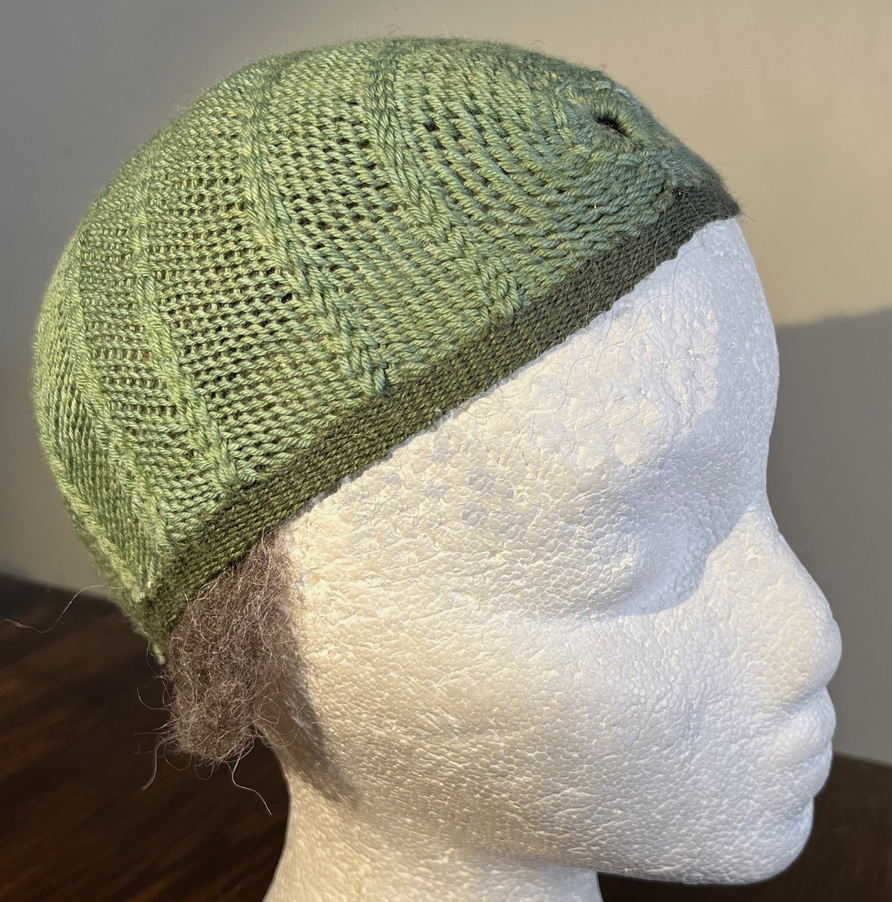
Online via Zoom https://buytickets.at/medievaldressandtextilesociety/1881703
Ticket price: Free for Members
With Carol James, author of Sprang Unsprung: an illustrated guide to interlinking, interlacing and intertwining and many other books.
Sprang is a cloth-making technique using simple tools. The worker sets threads on a frame, and manipulation at one end results in two mirror-image rows of cloth. Evidence of the method traces to ancient times. Bonnets of this type of construction have been found in archaeological sites dating back to Bronze Age Scandinavia and Roman Egypt. The technique is also apparent in Europe in the 1500s. Paintings depicting the Virgin Mary using a sprang frame, as well as actual objects, attest to the presence of the technique. Carol proposes that the Virgin Mary could well have been making a sprang bonnet.
Rooted in the experience of creating replica bonnets from Scandinavian and Egyptian sources, Carol has more recently attempted to construct bonnets from the 1500s. Using designs based on paintings by artists such as Cranach, Dürer, and Burgkmair, she has made reasonable facsimile bonnets employing the sprang technique. She finds a strong correlation between elements of design such as coloured stripes, the technical requirements of the technique, and functional aspects of bonnets. When including these details, the change in the structure of the resulting cloth created qualities desirable in bonnets, strengthening the case for sprang as the method of construction.
You can find more of Carol James’s work including her books and classes on her website, www.spranglady.com.
This talk is free to attend for members of the Medieval Dress and Textile Society, who received an access code in the email sent 29 September. Join for just £15 per year to attend all our online talks.